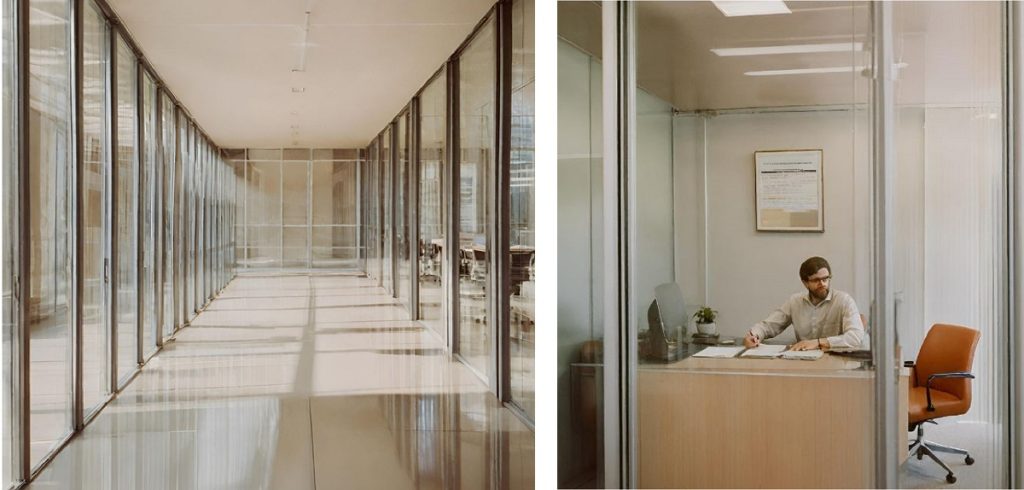RTO mandates may get people back to work, but not always happily. Some employers have relied on the stick approach to encourage compliance, while others offered carrots or incentives to bring remote workers back to the office. What’s needed is a new style of leadership that shows trust and confidence in the staff.
Work is work, and before the pandemic, most people expected that they would need to commute to the office to do their jobs. When a public health crisis caused many people with white-collar jobs to work at home, workers and management alike reassessed whether work had to be done on-site. Three years later, many offices have resumed full-time work, but companies often must issue commands to get workers back in the building.
Psychologists note that you can change other people’s behavior with a carrot or stick. Return to office or RTO mandates to bring people back is the stick. What are the carrots that would make employees want to come back to the office?
Reluctance To Return To The Office
Recent surveys indicate that enough workers are reluctant to return to the office that it is a concern. Owl Lab studies indicated that only 22% of employees want to be in the office full-time. In contrast, 37% prefer to be hybrid, and the remaining 41% prefer to be remote. Meanwhile, 68% of employers want workers back in the office full time, while 26% would support hybrid and 7% would permit full-time remote.
A part of the opposition to going back to work full-time is the cost involved. Between gas, tolls, wear and tear on the car, parking, and insurance, commuting is costly – even more so when you include the time involved. Workers can easily spend over $10 a day on lunches. A study by Cisco even accounted for the cost of after-work social activities. Then, there is the cost of maintaining a more formal work wardrobe; dressing for success has never cost more.


If finances were the main issue in going back to work, employers could offer additional compensation for commuting. However, the concerns go far deeper. As compiled by HR Forecast, many feel more stressed and anxious in the office, especially in an era where their activities are heavily monitored and tracked. What’s needed is trust-based leadership based on the belief that employees will do the job.
This type of leadership is a topic that we will deal with in a future article, but there are several ways employers could put this into practice.
Give Workers An Office
Modern offices often have open floor plans where most people are in a common area, or they have cubicles. Open designs were set up to encourage collaboration, while cubicles were thought to offer personal space, reduce noise levels, and allow bosses easy access to workers. Either layout has drawbacks.
Private offices offer a quieter environment than either open floor plans or cubicles. They allow employees to block out unwanted chitchat but have personal conversations or small meetings. Being given an office speaks volumes about how much a company values an employee. Offices with glass walls still allow management to oversee work. This approach is more costly than open offices or cubicles but may lead to greater productivity. As office vacancy rates plummet, so does the cost of rental office space. Building offices might be worth it – and affordable.
Employers who want people back at their desks might invest in offices.

Treat Them Like Adults
People get hired for their skills and their willingness to work. It is a given that companies set the work hours, have their ways of doing things, and have procedures that must be followed carefully in some cases.
As workplace expert Amy Leschke-Kahle told Insider, a rigid approach does not sit well with many employees who feel their bosses treat them like children.
“Work is very much like 7th grade. Return to office is an example of that.” Employers who refuse to offer flexibility to workers to address circumstances in their own lives tend to have less productive employees. Evidence points to the reality that employees value having a say over where they work and when.
Current research indicates that employees are happier on the job when they have hybrid work options. Their satisfaction shows up in increased productivity.
Don’t Micromanage Them
Many businesses feel that once workers are in the corporate fold, they must constantly monitor their activities to ensure they are productive. Surveillance may take the form of software that tracks keystrokes, video monitoring, sensors placed around the building to track where employees spend time, or badge swipes when employees enter or leave the building or take lunch or break.
Employers play off the surveillance as good stewardship of company resources, but workers see these things as signs that their employer does not trust them. Monitoring has dramatically increased since the pandemic, especially among remote workers.

Change The Corporate Culture
Most corporate cultures are based on the reality that people will come together in the same space to do their work. Is physical presence necessary to do the work? To what degree? Many companies are realizing that working outside part of the week energizes employees without compromising company values.
This is not to say that every company should abandon physical structures and go totally remote. Innovative companies experiment with flexible hours and hybrid work to see what. As companies like Smuckers prove, employees can work offsite part of the week while respecting company needs and culture.
Companies can make the workplace more inviting. They may redecorate, rearrange space, or offer incentives that make people want to work on-site.
Fixes like these work best in conjunction with substantive changes to company culture.
Protect Them From Burnout
Fluctuations in the economy have led many companies to reduce their workforce to either stay afloat or improve their bottom line. The result is that some companies are understaffed in particular departments. Accounting analysis may substantiate the staffing levels, but employees can still feel overburdened.

In an emergency, many workers might be willing to pull together and do the extra work, but this takes a toll on people in the long run. Taking several steps can lessen the risk of burnout.
- Hire adequate staff, even by hiring temporary or seasonal help.
- Compensate those who take on extra work.
- Offer flexibility to allow people to decompress and handle their personal business.
- Even if your business requires intense and serious work, make the workplace welcoming to employees
- Offer mental health services to help restore those overwhelmed by the pressures of work and life. Extend these services to remote or hybrid workers who can experience burnout too.
Improving On Carrot Or Stick Thinking To Bring Workers Back To The Office
Coach and consultant Lisa Lai, writing in the Harvard Business Review, notes that the carrot or the stick approach to motivating people has limitations. A far better way to include employees in discussions about what and where they need to do their jobs in a way that makes them feel great about their work. When they have done great work, showing appreciation often keeps them motivated and willing to meet employer requests.

Some companies try to win worker loyalty with morning donuts or catered lunches, company swag, or celebrations. Others invest in fitness centers and other facilities employees might enjoy. None of these niceties will overcome a workplace where employees are not given respect. These carrots might offer a nice crunch that makes workers comply with RTO mandates but fail to motivate them in a meaningful way.
Asking for employees’ input and treating them with respect by offering an inviting workspace where they can do their jobs without undue interference might go a long way in making them want to come back to the office.


